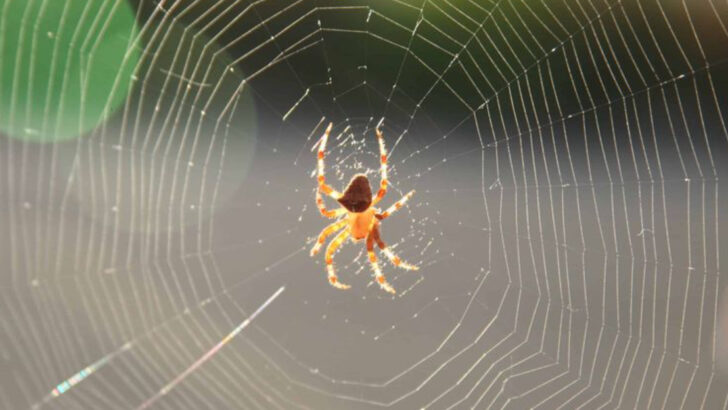Some spiders spin webs so strange, they look like they belong in a gallery—not a garden. We’re talking spiral patterns, zigzags, grids, and mysterious shapes no one fully understands. These designs aren’t just for catching bugs—they’re bold, bizarre, and sometimes downright beautiful. And the artists? Tiny, silent, and hanging upside down in corners of the world you rarely notice. From shimmering traps in the rainforest to eerie symbols on your porch, these 19 spiders create web art that would make a designer jealous.
Argiope Argentata

Argiope Argentata, the silver garden spider, is known for its striking zigzag web patterns. This arachnid, common in gardens, captures the imagination with its artistic web design. The zigzag, or stabilimentum, reflects light, adding an aesthetic touch.
In addition to its visual appeal, the pattern strengthens the web and deters predators. Garden visitors often stop to admire the web’s symmetry and grace.
Interestingly, these spiders rebuild their webs daily, ensuring a fresh masterpiece each morning. Their work exemplifies nature’s ability to blend utility with beauty.
Gasteracantha Cancriformis

The Gasteracantha Cancriformis, or spiny orb-weaver, is a visual marvel. Its web features bright, geometric shapes that catch the eye. These spiders are found in forests, where their webs add vibrant splashes of color.
The geometric designs serve a purpose beyond aesthetics; they reinforce the web’s structural integrity and help ensnare prey.
The spiny orb-weaver’s distinctive patterns have inspired artists worldwide. Each web is a testament to the spider’s unique ability to create art from necessity. It’s a living gallery in the heart of nature.
Nephila Clavipes
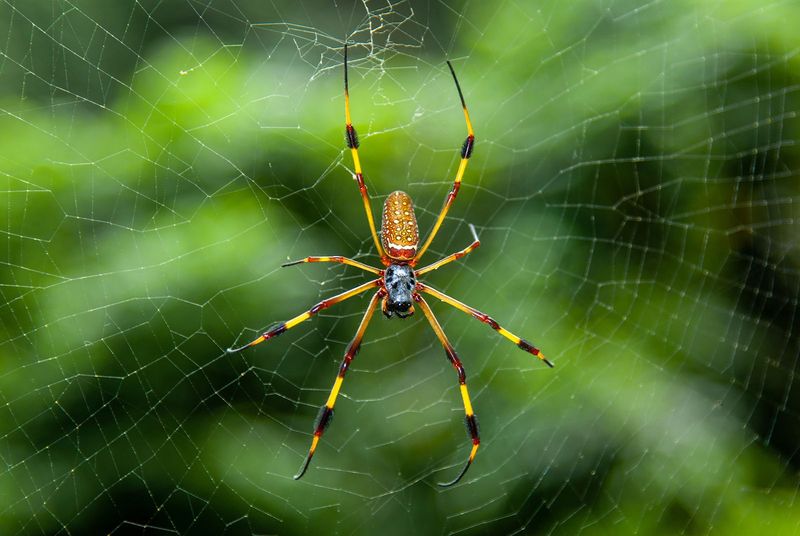
Nephila Clavipes, known as the golden silk orb-weaver, spins webs that shimmer in the sunlight. The golden hue of these webs is not just for show; it’s an adaptation that helps camouflage the web in forested environments.
These spiders are often found in rainforests, where their webs can span impressive sizes. The silk’s durability and sheen have fascinated scientists and artists alike.
This spider’s craftsmanship showcases a blend of engineering and artistry, creating natural tapestries that captivate all who see them.
Cyrtophora Citricola
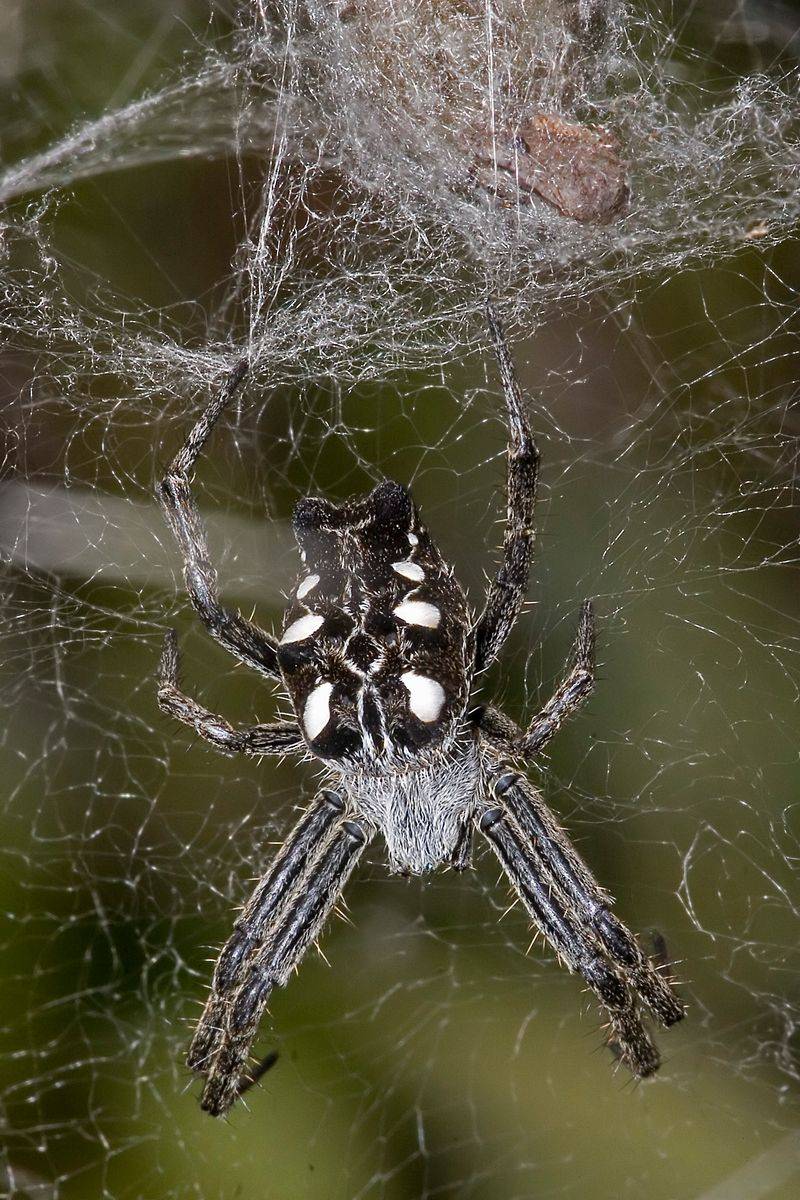
Cyrtophora Citricola, the tent-web spider, builds dense, tent-like webs that resemble architectural marvels. These webs are often found in citrus groves, where the spider’s engineering skills are on full display.
The web’s structure is designed to catch prey efficiently while providing shelter. The intricate design also deters predators.
Cyrtophora Citricola’s webs are a testament to the spider’s ability to blend form with function, creating habitats that are as beautiful as they are practical.
Uloborus Glomosus
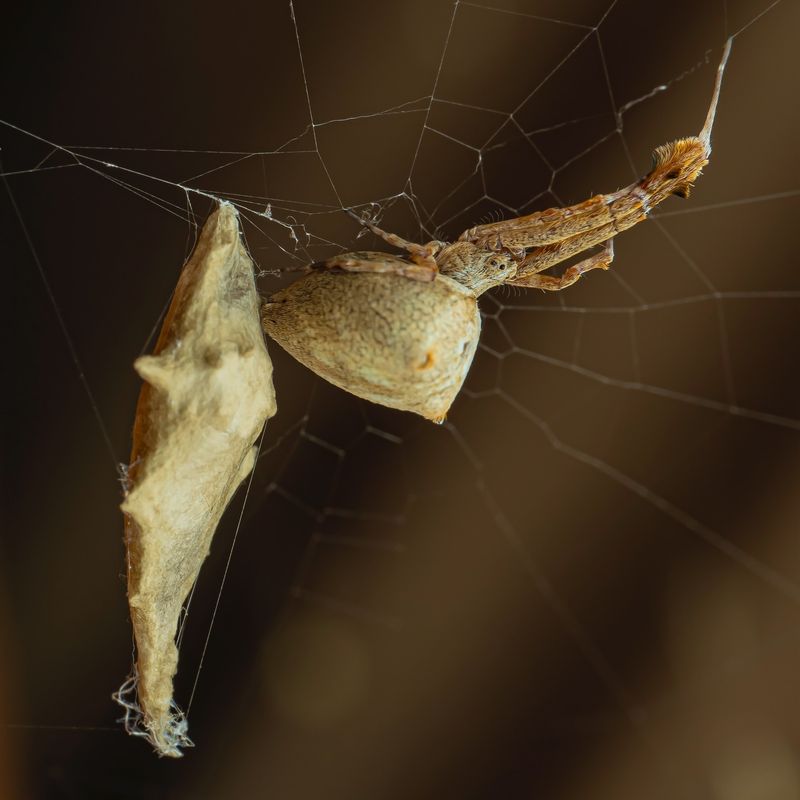
Uloborus Glomosus, the American cribellate orb weaver, spins webs that are masterpieces of spirals and loops. These webs are an elegant display found in meadows and gardens.
The unique web structure lacks sticky silk, relying instead on a woolly texture to capture prey. This method highlights the spider’s innovative approach to web design.
The spider’s artistry transforms ordinary spaces into natural galleries, with each web offering a glimpse into the intricate dance of form and function.
Achaearanea Tepidariorum
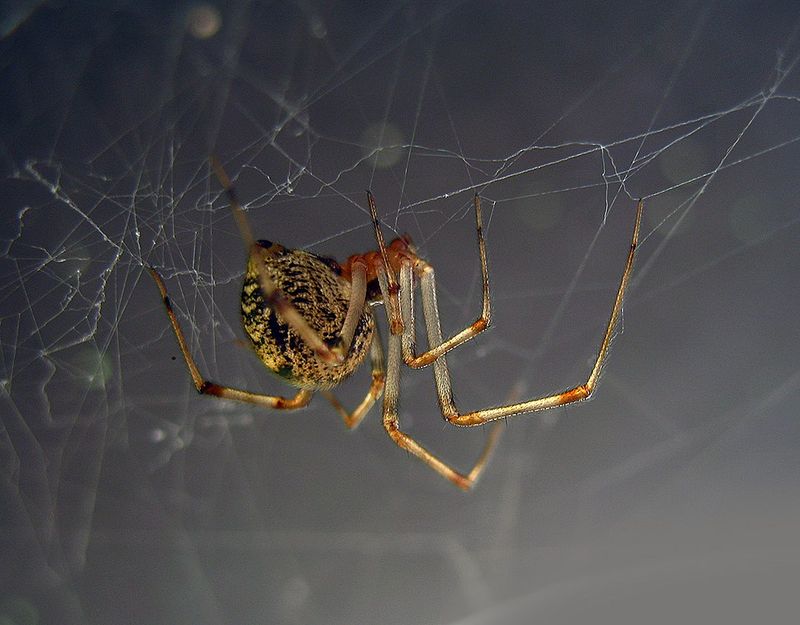
The common house spider, Achaearanea Tepidariorum, is an unexpected artist in the world of arachnids. Its tangled, funnel-like webs are often found in the quiet corners of homes.
These webs, while chaotic in appearance, serve a strategic purpose in trapping prey. The spider’s ability to weave such complex structures demonstrates a remarkable adaptation to indoor environments.
Every web is a fascinating blend of chaos and order, a living testament to the spider’s adaptability and creativity.
Araneus Diadematus
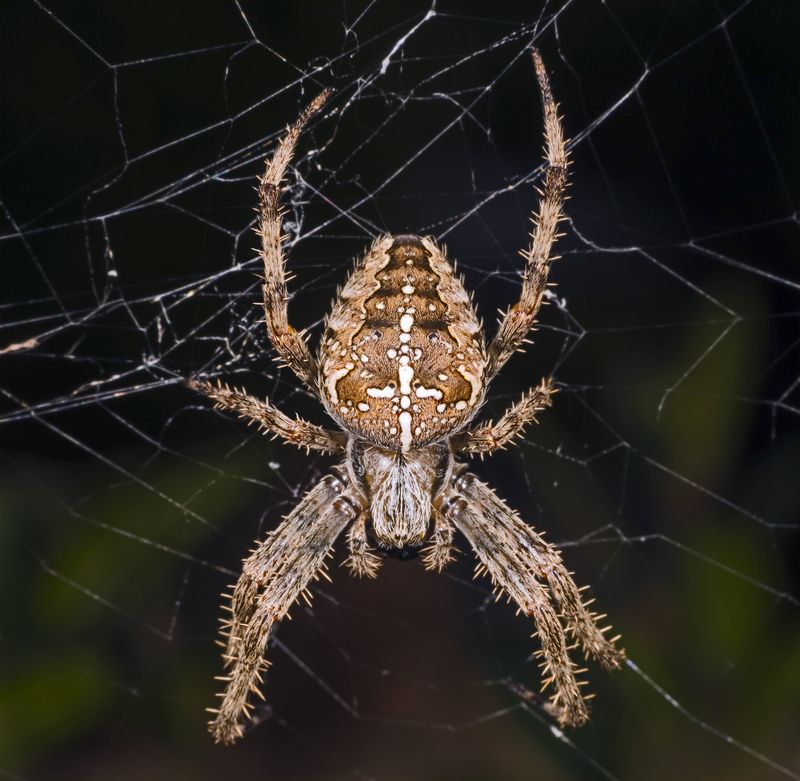
Araneus Diadematus, the European garden spider, weaves classic orb webs that are quintessentially beautiful. These webs, often adorned with dew drops, transform gardens into enchanting morning landscapes.
The spider’s skill in crafting symmetrical designs reflects its precision and elegance, making each web a perfect trap.
Beyond their function, these webs add a touch of ethereal beauty to natural settings, capturing the delicate interplay between light and structure.
Leucauge Venusta
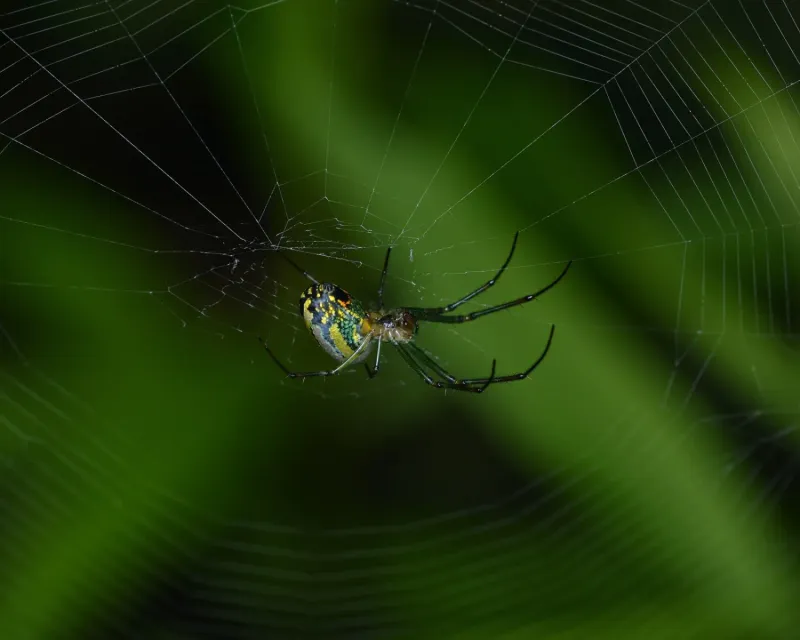
Leucauge Venusta, known as the orchard spider, is celebrated for its horizontal orb webs. These delicate structures are typically found in sunlit orchards, where their beauty can be fully appreciated.
The webs glisten in the sunlight, showcasing an exquisite play of light and shadow. Each web reflects the spider’s meticulous attention to detail, functioning efficiently while also serving as a piece of art.
The orchard spider’s creations are a harmonious blend of form and purpose, captivating observers with their subtle elegance.
Cyclosa Turbinata
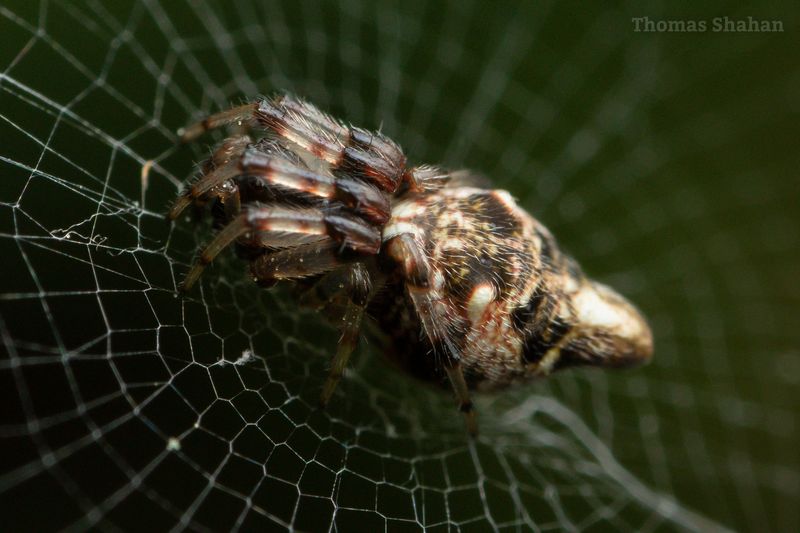
Cyclosa Turbinata, the trashline orb-weaver, is an artist that uses debris to decorate its webs. This unique approach not only camouflages the web but also adds an intriguing visual element.
The spider arranges twigs, leaves, and prey remnants along the web’s center line, creating a distinct pattern. These decorations can confuse predators and attract prey.
Each web is an innovative blend of art and survival, transforming ordinary debris into extraordinary designs.
Araneus Gemmoides
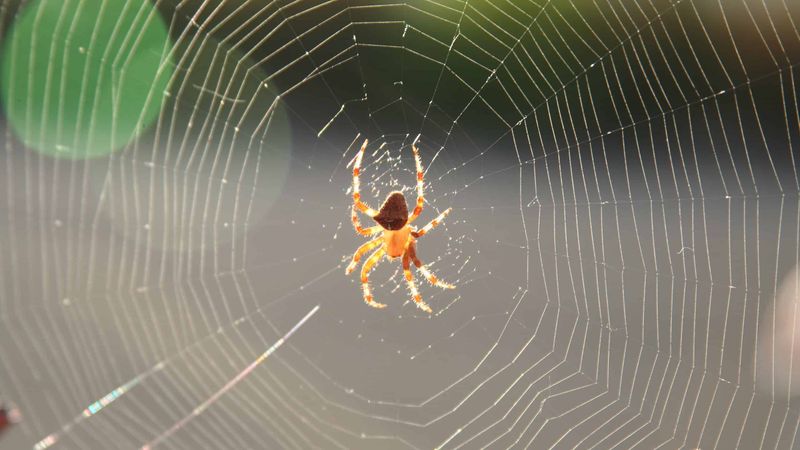
Araneus Gemmoides, or the cat-faced spider, is known for its distinctive webs. These structures feature unique zigzag patterns that add a touch of mystery to alpine meadows.
The zigzags are believed to stabilize the web and aid in prey capture. The spider’s ability to blend intriguing patterns with practical designs showcases its creative ingenuity.
Each web is a testament to the spider’s ability to bring artistry to functional structures, making nature its canvas.
Argiope Bruennichi
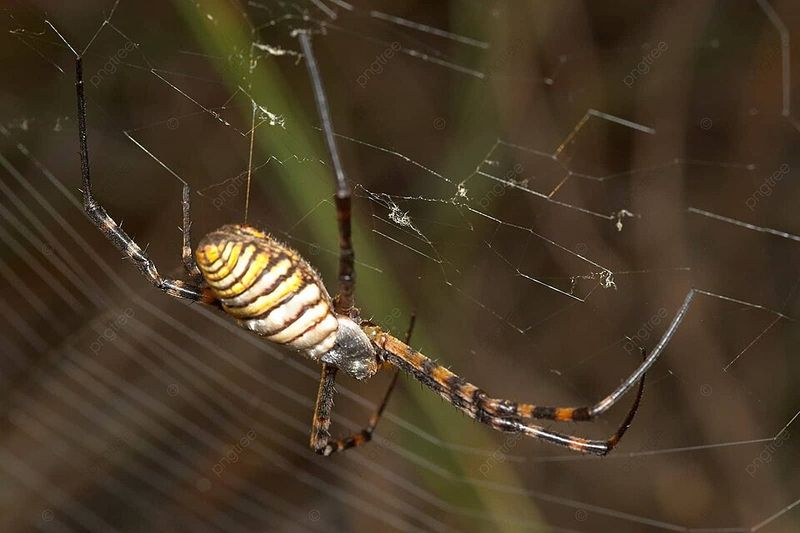
The wasp spider, Argiope Bruennichi, crafts webs that are both bold and beautiful. Its stabilimentum patterns, resembling wasp markings, are a striking feature in European fields.
These patterns not only enhance the web’s visual appeal but also strengthen it and deter predators.
The wasp spider’s artistic flair is evident in each web, transforming open fields into natural galleries of design and function.
Neoscona Crucifera
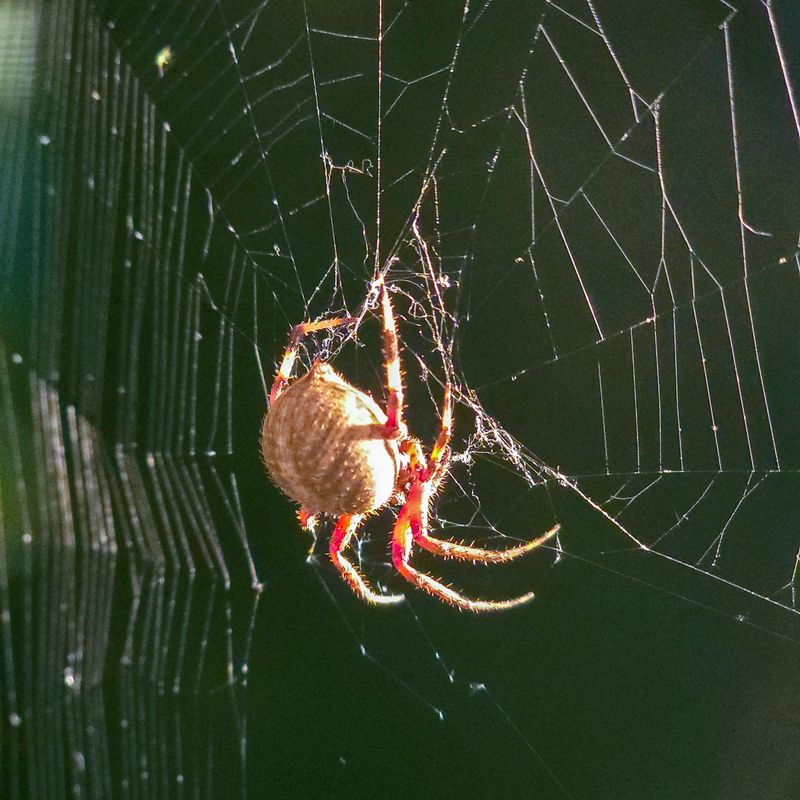
Neoscona Crucifera, the Hentz orb-weaver, is a suburban artist, known for its spiral-patterned webs. These intricate designs are common in gardens, where the spider’s craftsmanship is on full display.
The spirals are not only beautiful but also enhance the web’s ability to capture prey. The spider’s skillful weaving transforms everyday spaces into elegant exhibitions of natural art.
This spider’s web is a blend of practicality and beauty, capturing the essence of nature’s design prowess.
Agelena Labyrinthica
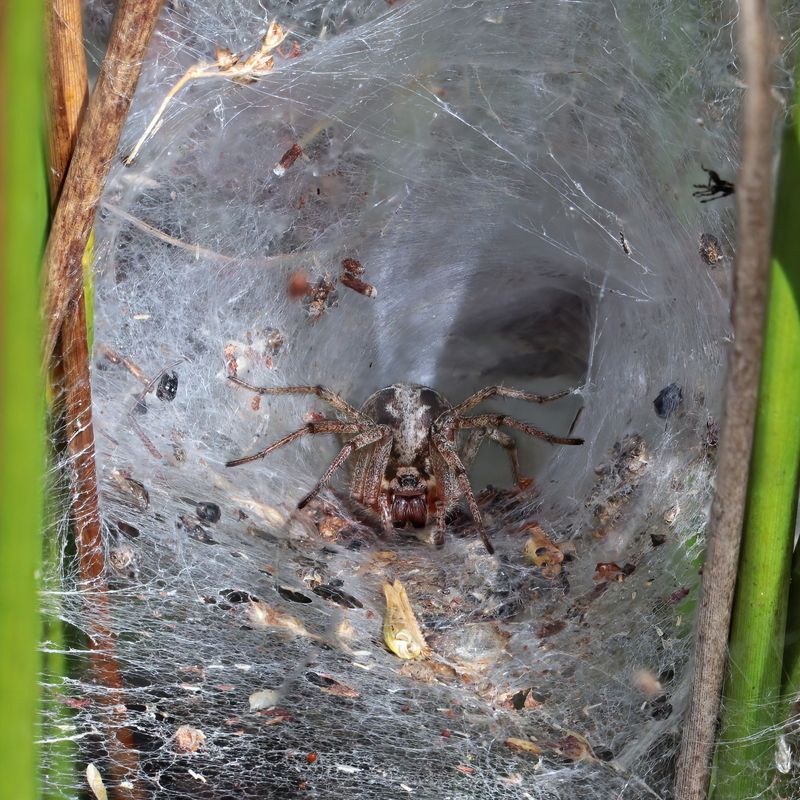
Agelena Labyrinthica, the labyrinth spider, creates webs that resemble intricate mazes. These funnel webs, found in grassy fields, are a marvel of natural engineering.
The maze-like structure offers protection and aids in trapping prey, demonstrating the spider’s strategic prowess.
Each web is a complex blend of art and utility, showcasing the labyrinth spider’s ability to turn ordinary spaces into captivating works of art.
Araneus Marmoreus
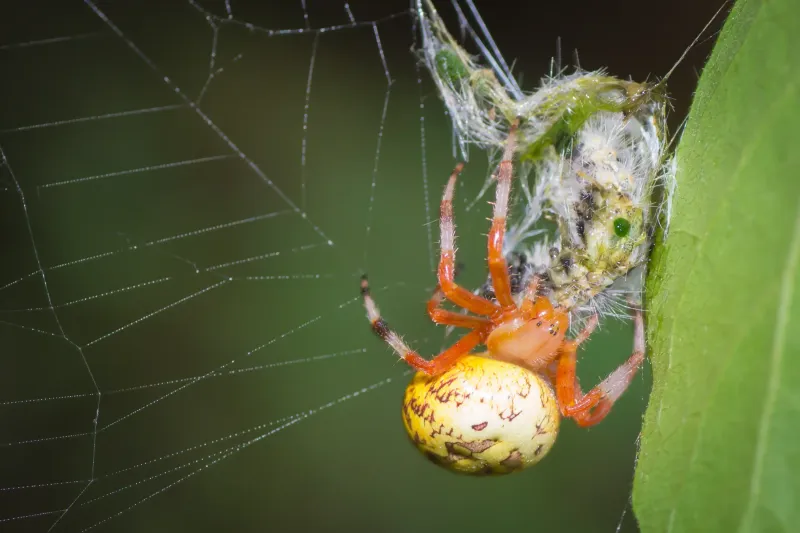
Araneus Marmoreus, the marbled orb-weaver, spins webs that mirror marble patterns. These webs, often found in forest clearings, are a testament to the spider’s artistic talents.
The marble-like patterns not only beautify the web but also enhance its structural integrity. Each web is a unique masterpiece, reflecting the spider’s ability to blend form and function seamlessly.
Araneus Marmoreus captivates with its artistic flair, turning ordinary webs into extraordinary displays of natural beauty.
Micrathena Sagittata
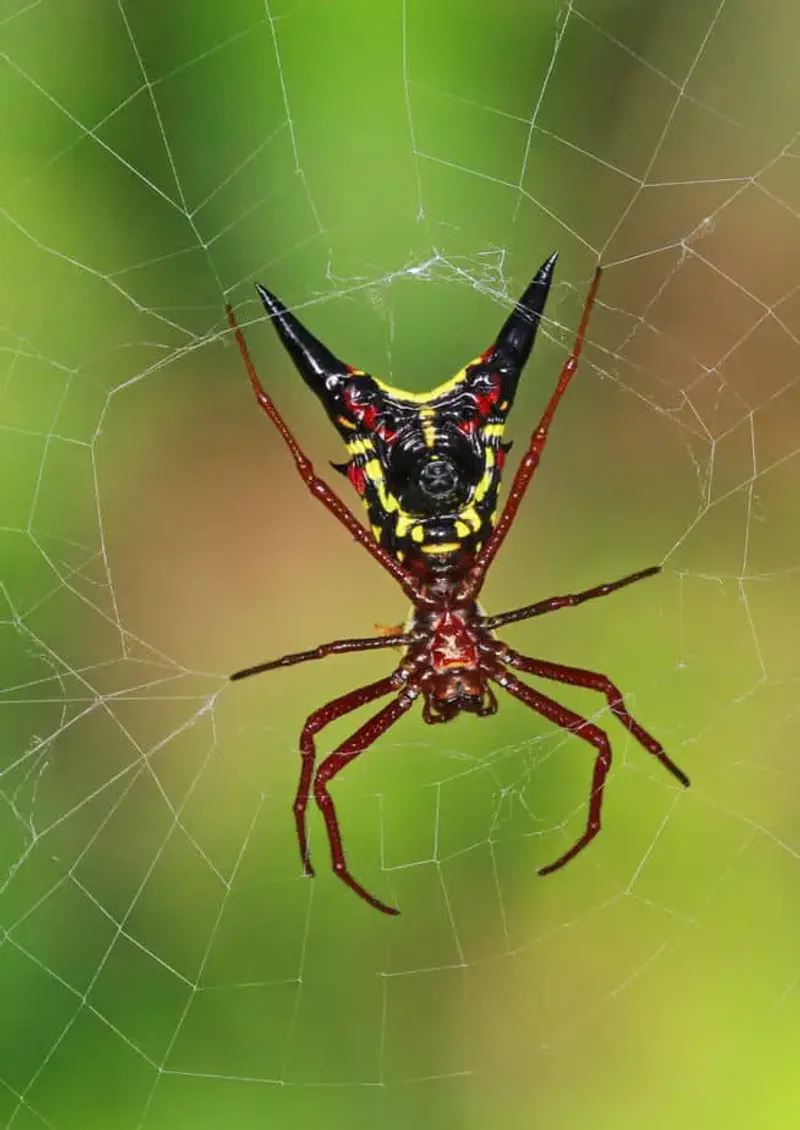
Micrathena Sagittata, the arrow-shaped micrathena, is a master of geometric design. Its webs feature sharp, arrow-like patterns that captivate the eye. Found in wooded areas, these webs are as functional as they are beautiful.
The distinctive patterns help in deterring predators and capturing prey, showcasing the spider’s strategic ingenuity.
Each web is a testament to the spider’s ability to combine art with survival, turning simple threads into complex tapestries.
Agalenatea Redii
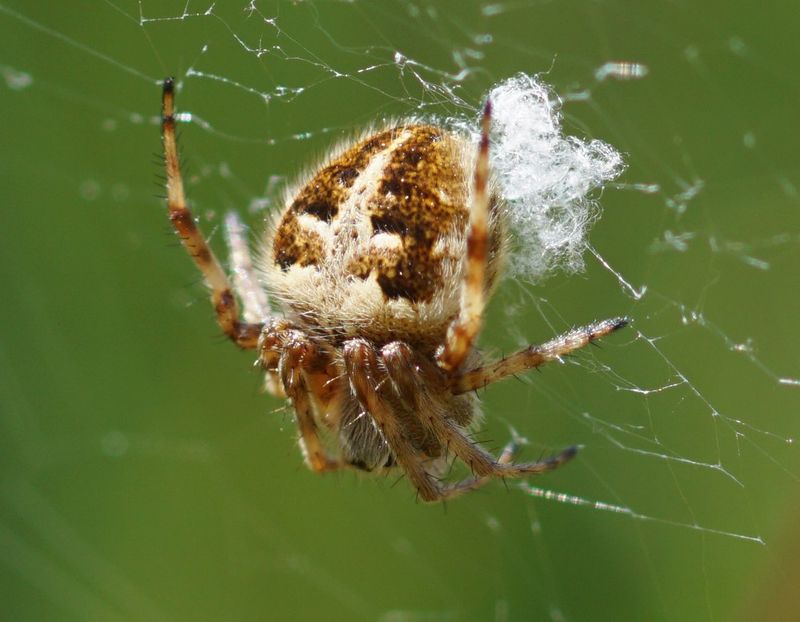
Agalenatea Redii, or the girdled orb-weaver, crafts webs that resemble intricate grids. These webs are often found in sunlit vineyards, where they blend structure with aesthetics.
The grid-like patterns not only add a visual appeal but also enhance the web’s hunting efficiency. This spider’s designs are a remarkable combination of art and utility, showcasing its innovative spirit.
Each web is a reflection of Agalenatea Redii’s ability to create harmony between beauty and functionality.
Tetragnatha Extensa
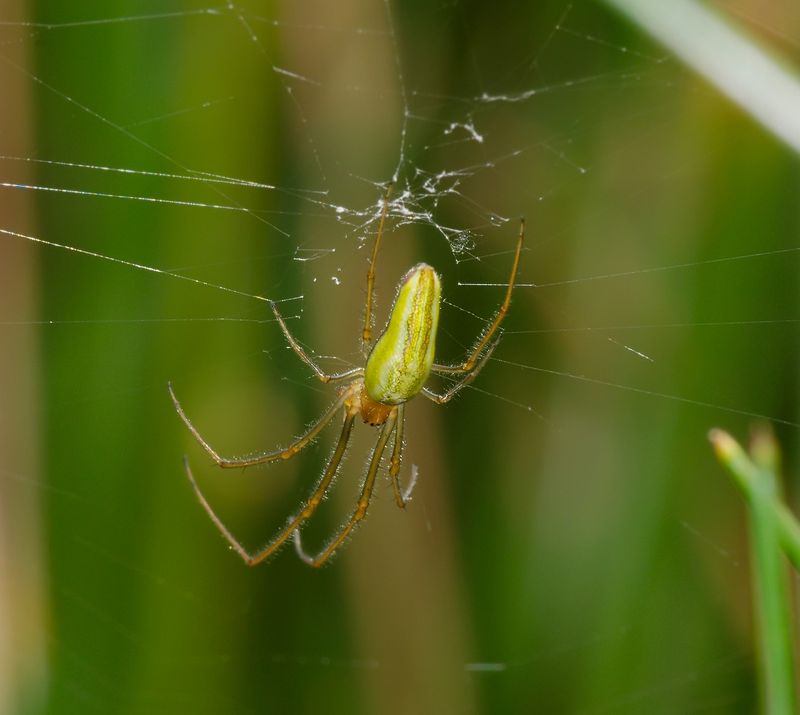
Tetragnatha Extensa, the long-jawed orb-weaver, spins linear webs that grace riverbanks. These webs reflect beautifully in the water, creating a stunning visual effect.
The linear design is not just aesthetically pleasing but also serves to effectively capture prey. The spider’s ability to create such elegant structures highlights its adaptability and artistic sense.
Each web offers a serene glimpse into the spider’s world, where functionality meets artistry in the most picturesque settings.
Larinioides Sclopetarius

Larinioides Sclopetarius, the bridge spider, is renowned for its radial webs spun on bridge structures. At dusk, these webs, silhouetted against city lights, offer a dramatic visual.
The radial structures are not only beautiful but also highly effective for catching prey in urban environments. The spider’s ability to thrive in man-made settings highlights its adaptability and creative use of space.
Each web is a bridge between nature and urban life, turning ordinary structures into canvases of natural beauty.
Orb Weaver of the Jungle
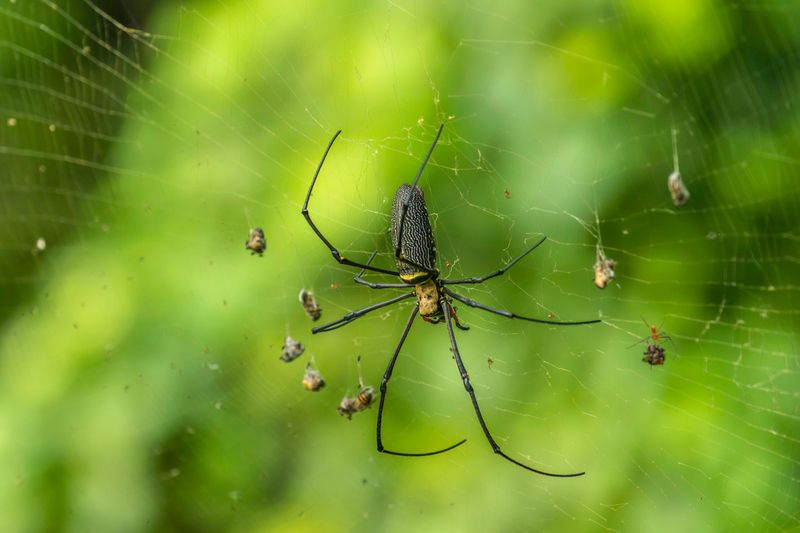
Hidden deep within the jungle, the Orb Weaver creates a web that seems to dance with the wind. Its vibrant silk glistens with morning dew, catching the light in a mesmerizing display. Each thread is meticulously placed, forming a tapestry that rivals the beauty of modern art.
With each weave, the spider showcases its unparalleled craftsmanship, creating patterns that appear both chaotic and harmonious. The artistry lies in the unexpected symmetry, a hallmark of its unique design.
It’s a spectacle that transforms a simple web into a masterpiece, intriguing those lucky enough to witness its creation.

